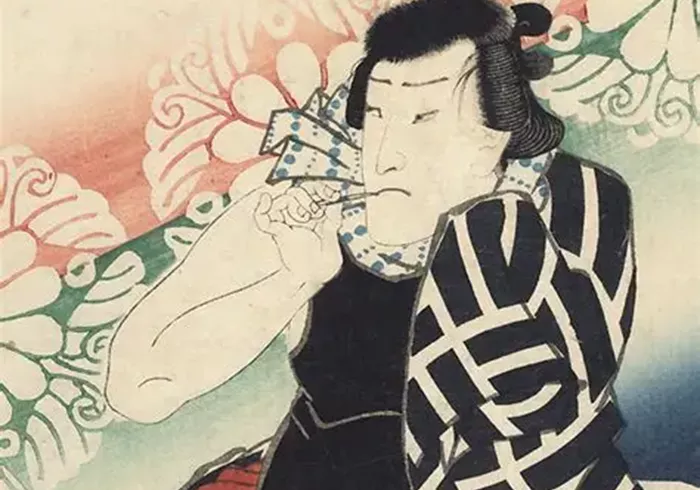The landscape of 20th century Japanese poetry is rich and varied, shaped by poets who lived through a period of dramatic social, political, and cultural change. Among these influential figures, Sankichi Tōge stands out as a poet whose work deeply reflects the trauma and resilience of his time. Although his name may not always lead discussions of modern Japanese literature, his contributions to Japanese poetry are profound and enduring. Born in 1917, Tōge’s life and work are inseparable from the history and memory of World War II and the atomic bombings of Hiroshima and Nagasaki. His poetry captures the anguish of war, the hope for peace, and the human cost of nuclear devastation.
The Historical Context of 20th Century Japanese Poetry
The 20th century was a turbulent time for Japan. The country experienced rapid modernization, imperial expansion, devastating war, and profound postwar transformation. Japanese poetry during this era reflects these historical realities. Poets grappled with identity, suffering, and the quest for meaning in a world that was changing faster than ever before. This century saw the rise of new poetic forms and themes, moving away from traditional structures like haiku and tanka to free verse and more direct, often politically engaged, expression.
Many 20th century Japanese poets sought to respond to the horrors of war and the atomic bombings through their art. They used poetry to testify to the pain and destruction, to mourn the loss, and to call for peace. Sankichi Tōge’s work epitomizes this impulse. His poems are testimonies of suffering and endurance that resonate with readers worldwide.
Sankichi Tōge’s Life and Early Influences
Tōge was born in Hiroshima in 1917. He showed an early interest in literature and poetry, influenced by both classical Japanese poetry and Western literary trends. His poetic voice was shaped by the social environment of prewar Japan, which was marked by militarism and increasing censorship.
In 1945, the atomic bomb was dropped on Hiroshima, instantly killing tens of thousands and leaving many more with severe injuries and radiation sickness. Tōge survived the bombing but was seriously wounded. The experience transformed his life and poetry. He became a leading voice in the movement of atomic bomb literature (genbaku bungaku), using his verse to document the horrors and to advocate for peace.
Themes in Tōge’s Poetry
The core themes of Tōge’s poetry are pain, memory, loss, and hope. His poems often depict the physical and emotional scars left by the atomic bombing. Unlike some poets who use abstract or symbolic language, Tōge’s poetry is direct and accessible, offering raw, vivid images of suffering.
For example, in his famous poem “Poems of the Atomic Bomb,” Tōge writes with a simple, clear voice that captures the immediate aftermath of the bombing—the death, the destruction, and the despair. Yet, his work also contains moments of hope and humanity, emphasizing resilience and the possibility of peace.
His poetry stands as a moral witness, refusing to forget the past while urging future generations to learn from it.
Literary Style and Innovation
Tōge’s style combines traditional Japanese poetic sensibility with modern free verse forms. This blend allows him to maintain a lyrical quality while expressing urgent contemporary concerns. His language is plain but powerful, making his poetry accessible to a broad audience.
Unlike many 20th century Japanese poets who embraced complex symbolism or experimental forms, Tōge preferred a straightforward style. This choice aligns with his mission to communicate the realities of the atomic bombing and its aftermath as clearly as possible.
Comparison with Other 20th Century Japanese Poets
Tōge’s work can be compared with that of other Japanese poets of his era, such as Shuntaro Tanikawa and Yoshimasu Gozo, who also explored modern themes with innovative styles. However, Tōge’s poetry is distinct in its direct engagement with the atomic bomb experience.
Where Tanikawa’s poetry often embraces a playful, abstract approach and Gozo’s work is highly experimental and surreal, Tōge remains grounded in concrete human experience. This difference highlights the diversity of Japanese poetry in the 20th century and the various ways poets responded to the challenges of their time.
Similarly, poets like Sadako Kurihara also wrote powerful works about the atomic bombing, but Tōge’s position as a survivor and his consistent focus on peace activism give his poetry a unique perspective within this subgenre.
Legacy and Influence
Sankichi Tōge’s contribution to Japanese poetry extends beyond his verses. He became an important cultural figure and peace activist, participating in memorial events and promoting anti-nuclear messages. His poetry continues to be studied in Japan and internationally as an essential part of atomic bomb literature and 20th century Japanese poetry.
Tōge’s work serves as a bridge connecting poetry with history, memory, and social responsibility. His legacy encourages poets and readers alike to use art as a means to confront painful truths and inspire change.
Conclusion
In summary, Sankichi Tōge is a vital figure among 20th century Japanese poets. His poetry is shaped by his personal experience as a Hiroshima survivor and his commitment to peace. His straightforward style, focus on the atomic bomb experience, and moral urgency distinguish him in the landscape of Japanese poetry. Through his work, Tōge not only memorializes the suffering caused by nuclear war but also offers hope for a peaceful future. His voice remains an essential part of Japanese literary and cultural history, reminding us of the power of poetry to bear witness and transform.

